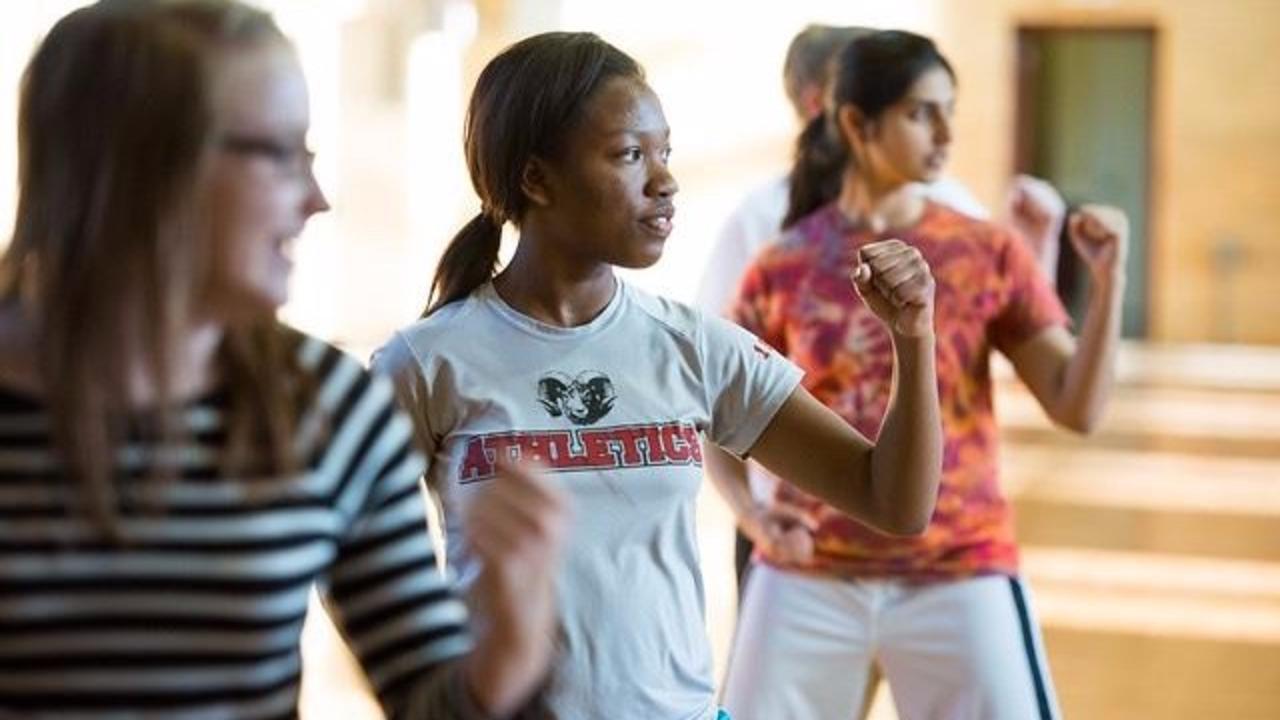Keeping Yourself Safe - Identifying Aggressor's Vulnerabilities and Your Support Network
Jul 27, 2019
If your safety is ever in danger, you have a right to protect yourself. You deserve protecting. If you are in danger and you injure someone trying to protect yourself, it is self defense. If someone intends you harm, they are not interested in your wellbeing, which means your safety must be more important to you than theirs.
Violence is always a choice. If someone has intention to harm you, you must protect yourself and get to safety. If you must use violence, aim for one of the primary targets: the eyes, the throat, or the knees. If any of these three body parts are damaged it will be hard to chase you, follow you or stop you.
You know how awful it is to have a bit of dust in your eye. It is not hard to cause the eyes to tear, then your attacker cannot see you and you have time to get away. If you hit their throat, they cannot breath for a moment and you have time to get away. If you damage their knees they cannot follow you.
Other parts of the body can be extremely painful when injured, but your goal is to escape, not cause pain. Different people experience pain differently. Some can function through it better than others. To disable your attacker aim for one of the primary targets: the eyes, the throat, or the knees. Disable your attacker and get yourself to safety. You are worth fighting for.
The goal is to feel safe or at least know how you can feel safe and where you could go. Have a list of 5 safe people who you can talk to about uncomfortable situations and who you feel safe being with.
These safe people may not be people you spend a lot of time with. They may be people far away that you can only reach by phone. They may be people you don't know that well, but you know will be a good resource and support you know matter what.
Know how to get in touch with these people. Memorize their phone number, you might not always have a cellphone with the numbers in it. Safe people are your support system, so if you feel unsafe, connect with them.
If you are in danger, you want to know where your physical exits are: doors, keys to a car to get away, phone to call someone to help you, a card to use a payphone, and how to get to a populated area where you can get help.
If you become physically unsafe, move toward your exits, a door, window, friendly shop or populated area. Try to keep a clear path to your exit and use it. Don't let your attacker get between you and your exit.
Use this information to feel more confident. Making sure you can get yourself to safety before you feel endangered is key. Don't stay in potentially harmful situations. You don't need to worry about the other person's feelings if you feel anxious or uncomfortable. If you don't feel safe, don't accommodate, get yourself to safety.


